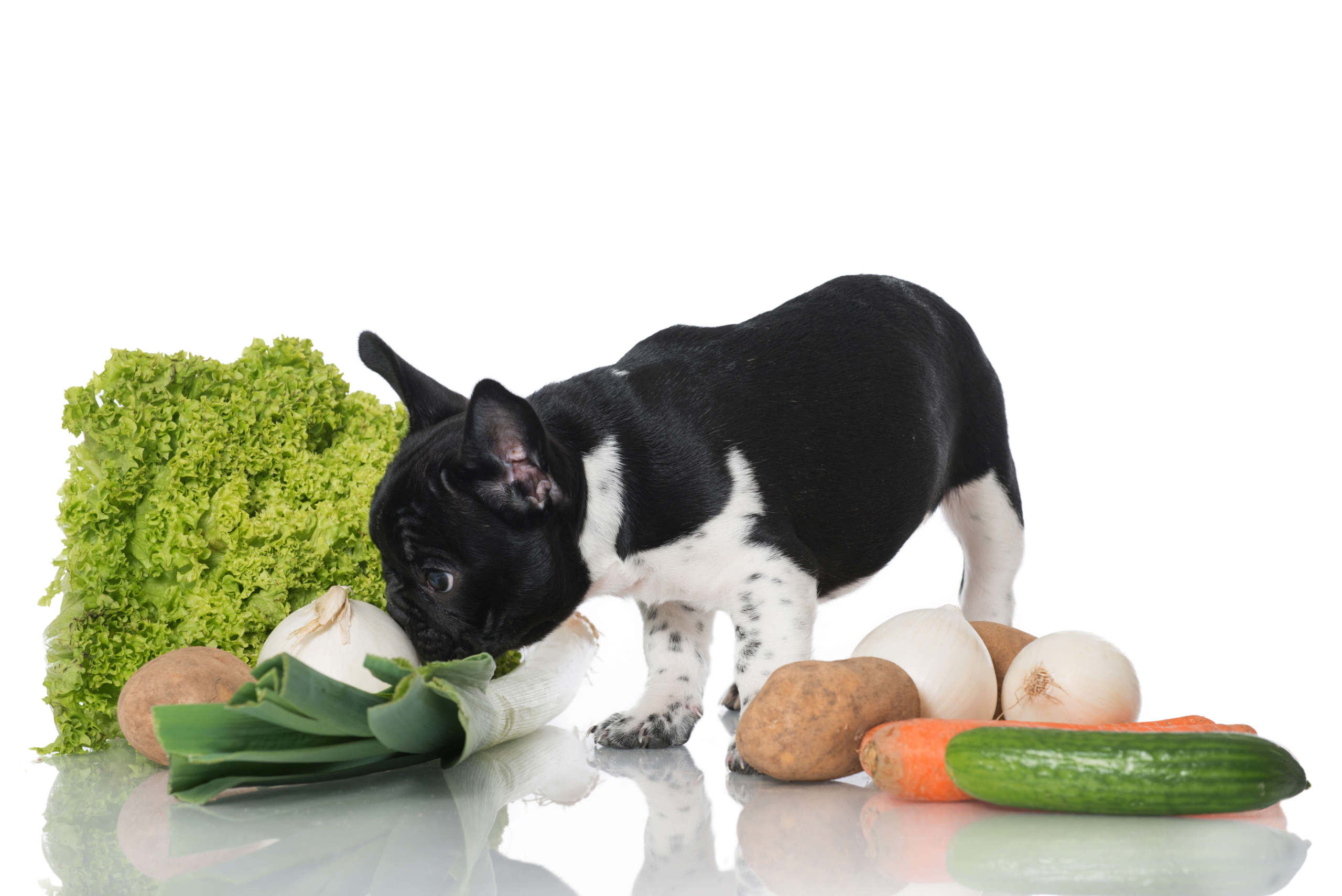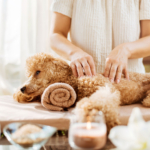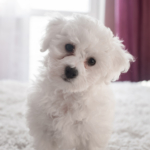- lmplovemypuppy
- January28,2024
- 1463
- 0
Parvovirus, commonly known as parvo, is a highly contagious viral infection that predominantly affects puppies and unvaccinated dogs. Understanding how puppies contract parvo is crucial for pet owners to protect their furry companions from this potentially life-threatening disease. Let’s delve into the various ways puppies can acquire parvo and the importance of preventative measures.
1. Direct Contact with Infected Dogs
Puppies can contract parvo through direct contact with infected dogs. This includes interactions such as sniffing, licking, or playing with infected dogs, as the virus is shed in their feces and can easily be transmitted to other dogs.
2. Contaminated Environment
Parvovirus is highly resilient and can survive in the environment for extended periods, even in harsh conditions. Puppies may inadvertently come into contact with the virus by exploring areas contaminated with the feces or vomit of infected dogs, such as parks, sidewalks, or dog parks.
3. Ingestion of Contaminated Objects
Puppies are curious creatures that explore their surroundings with their mouths. They may unknowingly ingest parvovirus by licking or chewing on contaminated objects, such as toys, food bowls, or bedding that have been in contact with infected feces or vomit.
4. Maternal Transmission
Puppies can also acquire parvo from their mother if she is infected with the virus. The virus can be passed from the mother to her puppies during pregnancy or through the colostrum (first milk) shortly after birth, making early vaccination crucial for preventing transmission.
Mitigating Risks: Essential Steps to Protect Your Puppy
1. Vaccination
Vaccination is the most effective way to prevent parvo in puppies. Puppies should receive a series of vaccinations starting at around 6-8 weeks of age, with booster shots administered at regular intervals until they are fully protected. Consult your veterinarian for a tailored vaccination schedule based on your puppy’s age, health status, and lifestyle.
2. Hygiene and Sanitation
Maintaining a clean and sanitary environment is essential for preventing the spread of parvovirus. Regularly disinfecting your puppy’s living area, including food and water bowls, bedding, and toys, can help reduce the risk of contamination.
3. Avoiding High-Risk Areas
Limiting your puppy’s exposure to high-risk areas, such as dog parks, kennels, and areas frequented by unknown or sick dogs, can help minimize the risk of parvo transmission. When out and about, always keep a close eye on your puppy and discourage them from sniffing or interacting with unknown dogs or their feces.
4. Early Detection and Treatment
Be vigilant for signs of illness in your puppy, such as lethargy, loss of appetite, vomiting, diarrhea (often bloody), and dehydration, as these could indicate parvo or other health issues. Early detection and prompt veterinary intervention are crucial for the successful treatment of parvo and improving your puppy’s chances of recovery.
Partner with Love My Puppy for Comprehensive Puppy Care
At Love My Puppy, we prioritize the health and well-being of every puppy in our care. From vaccination protocols to hygiene recommendations, we provide comprehensive guidance and support to ensure your puppy leads a happy, healthy life. For expert advice and assistance, contact us at 561-368-6767 and let us be your trusted partner in puppy parenthood.



